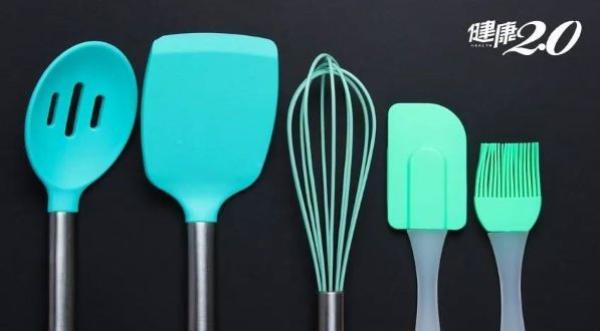In recent years, silicone has become very popular and continues to be introduced to the market as a safe alternative to traditional plastics. We see them everywhere - baby bottles and nipples, kitchen utensils, toys, mugs, food containers, bottles and seals on containers; Even used as cookie pads and cake baking trays for high-temperature ovens, as well as ice cube molds for freezer storage.
But I believe everyone will always have doubts when using silicone, is silicone plastic? Is it safe enough?
Today, let's decrypt silicone with everyone!
Q1: Is silicone plastic?
Silicone, also known as siloxane, is a hybrid between synthetic rubber and synthetic plastic polymers. They may be made in different forms and used to manufacture stretchable rubber like items, hard plastic resins, and thick liquids that can be applied.
We treat silicone and other plastics equally because they have all the characteristics similar to plastics: bendable, stretchable, transparent, high/low temperature resistant, and waterproof. Like plastics, they can be shaped or molded, softened or hardened, and made into almost anything.
Although they are waterproof, they also have high breathability, making them suitable for medical or industrial applications that require breathability. And they are easy to clean, non stick, and won't get dirty, which makes them popular in cookware and kitchen utensils.
So, what exactly is silicone? Many people seem to believe that they are natural materials directly derived from sand. That's not the truth. Silicone, like any plastic polymer, is a synthetic material that is a mixture containing various chemical additives from petrochemical fuels. The main difference between it and other plastics is that the main chain of silicone is made of silicon, not carbon.
Summary of Pendulum: Silicone can be bent and extended, heat-resistant and waterproof. Its characteristics are similar to plastic.
